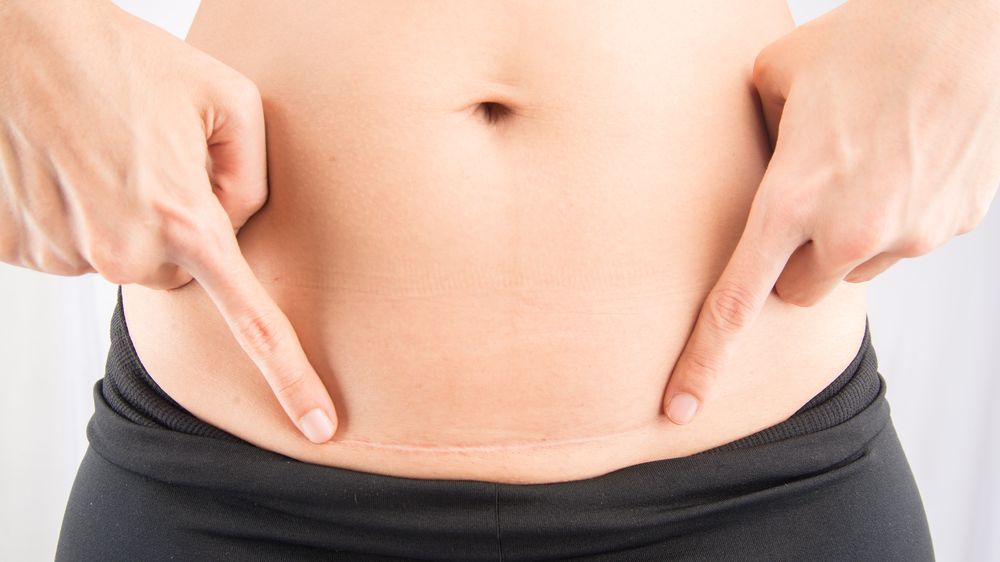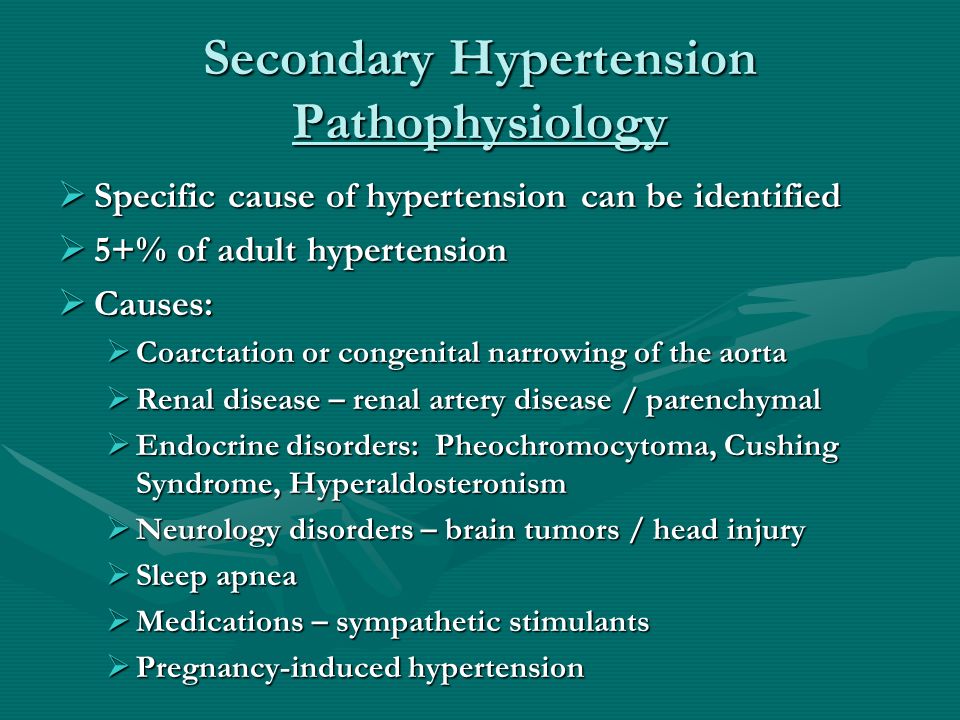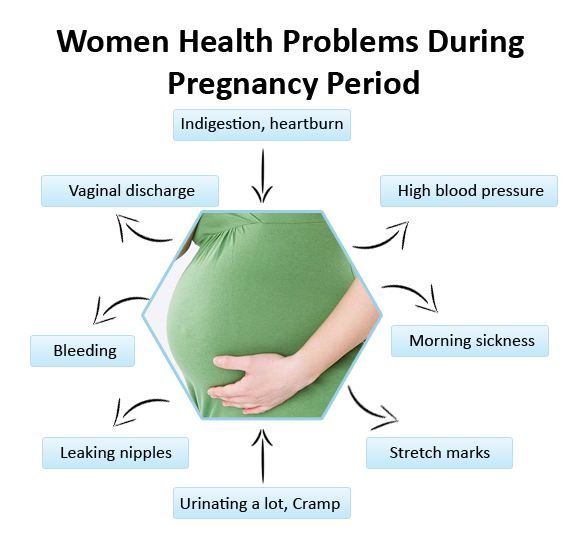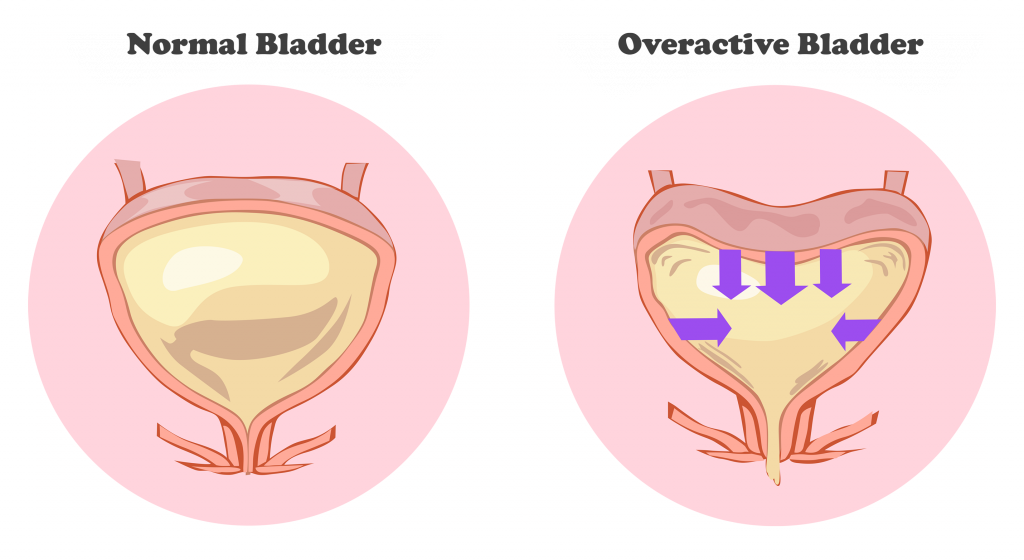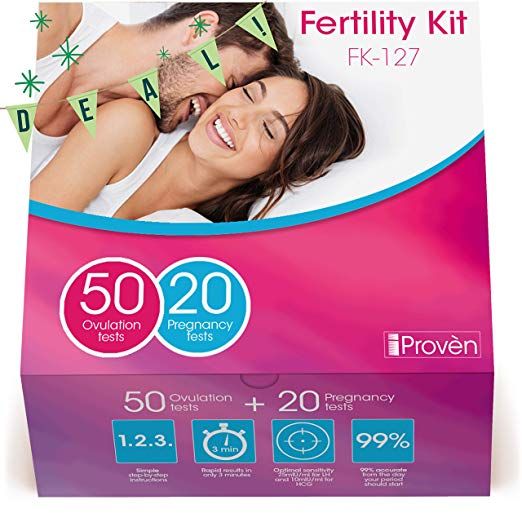Can mothballs make you sick
Naphthalene General Fact Sheet
- What is naphthalene?
- What are some products that contain naphthalene?
- How does naphthalene work?
- How might I be exposed to naphthalene?
- What are some signs and symptoms from a brief exposure to naphthalene?
- What happens to naphthalene when it enters the body?
- Is naphthalene likely to contribute to the development of cancer?
- Has anyone studied non-cancer effects from long-term exposure to naphthalene?
- Are children more sensitive to naphthalene than adults?
- What happens to naphthalene in the environment?
- Can naphthalene affect birds, fish, and other wildlife?
What is naphthalene?
Naphthalene is made from crude oil or coal tar. It is also produced when things burn, so naphthalene is found in
cigarette smoke, car exhaust, and smoke from forest fires. It is used as an insecticide and pest repellent. Naphthalene
was first registered as a pesticide in the United States in 1948.
What are some products that contain naphthalene?
Mothballs and other products containing naphthalene are solids that turn into toxic gas. The toxic gas kills insects and may repel animals. There are over a dozen products containing naphthalene registered for use by the U.S. Environmental Protection Agency (U.S. EPA).
Always follow label instructions and take steps to avoid exposure. If any exposures occur, be sure to follow the First Aid instructions on the product label carefully. For additional treatment advice, contact the Poison Control Center at 1-800-222-1222. If you wish to discuss a pesticide problem, please call 1-800-858-7378.
How does naphthalene work?
When naphthalene gas is inhaled, the body breaks it down into other chemicals that react with cells in the body and
damage tissues. How naphthalene kills moths is not understood. The odor is thought to be unpleasant enough to
drive animals away in repellent products.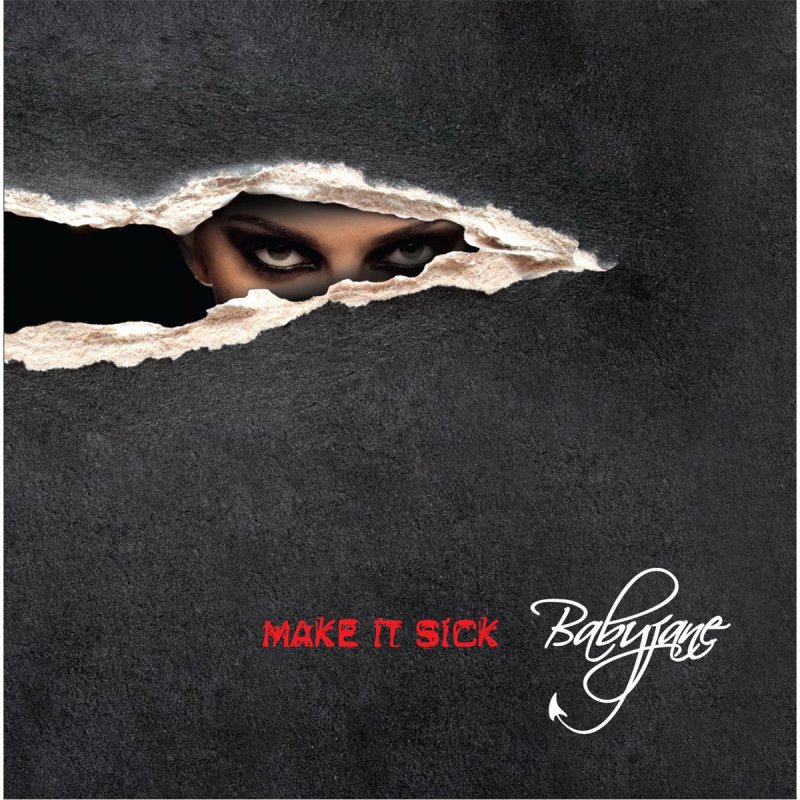
How might I be exposed to naphthalene?
You can be exposed to a pesticide if you breathe it in, get it on your skin, or if you accidentally eat or drink something containing a pesticide. This can happen if you get some on your hands and don't wash them before eating or smoking. People are most likely to be exposed to naphthalene by breathing in the vapors. When you smell mothballs, you are inhaling the pesticide. Small children and pets are at risk of eating mothballs, because they look like candy or other treats.
What are some signs and symptoms from a brief exposure to naphthalene?
People have developed headaches, nausea, dizziness, and/or vomiting after being
exposed to naphthalene vapors. If someone breathes in enough of the vapor
or eats a mothball containing naphthalene, they might develop hemolytic anemia.
This is when red blood cells break apart, and no longer carry oxygen the way
they should. Small children have also developed diarrhea, fever, abdominal pain,
and painful urination with discolored urine after eating naphthalene mothballs. Dogs that have eaten naphthalene mothballs may have lethargy, vomiting, diarrhea,
lack of appetite and tremors.
Dogs that have eaten naphthalene mothballs may have lethargy, vomiting, diarrhea,
lack of appetite and tremors.
Clothing that was stored in mothballs without being washed afterwards has caused anemia in infants who wore the clothing, diapers or blankets. People with an inherited enzyme deficiency are at much greater risk of anemia than people with normal enzyme levels.
What happens to naphthalene when it enters the body?
In humans, naphthalene is broken down to alpha-naphthol, which is linked to the development of hemolytic anemia. Kidney and liver damage may also occur. Alpha-naphthol and other metabolites are excreted in urine.
In animals, naphthalene breaks down into other compounds including alpha-naphthol, which may affect the lungs
and eyes. Naphthalene was found in the milk of exposed cows, but the residues disappeared quickly after the cows
were no longer exposed. Nearly all the naphthalene was broken down into other compounds and excreted in their
urine.
Is naphthalene likely to contribute to the development of cancer?
Animal studies have suggested that naphthalene can cause cancer. The International Agency for Research on Cancer (IARC) of the World Health Organization (WHO) concluded that naphthalene is possibly carcinogenic to humans. The U.S. EPA classified naphthalene as a possible human carcinogen, also based on animal studies.
Has anyone studied non-cancer effects from long-term exposure to naphthalene?
Rats fed naphthalene while pregnant did not gain weight as quickly. In humans, women who ate naphthalene mothballs or inhaled the vapors while pregnant gave birth to babies with hemolytic anemia. No information was found on naphthalene and asthma or other chronic diseases.
Are children more sensitive to naphthalene than adults?
While children may be especially sensitive to pesticides compared to adults, there are currently no data showing that children have increased
sensitivity specifically to naphthalene. However, small children are at greatest danger from eating
stray mothballs, because they may look like candy.
However, small children are at greatest danger from eating
stray mothballs, because they may look like candy.
What happens to naphthalene in the environment?
Most naphthalene in the environment will turn into a gas. Some of it may be bound to soil, where it can be taken up by plants. It can also be deposited on plant leaves from the air. Naphthalene is broken down by bacteria, fungi, air, and sunlight. Naphthalene has been found in wastewater treatment plant discharge. No information was found on naphthalene and groundwater. The half-life of naphthalene in the environment may range from less than one day in air to over 80 days in soil.
Can naphthalene affect birds, fish, or other wildlife?
Naphthalene was considered moderately toxic to several species of fish,
water fleas, and Pacific oysters. It was considered slightly toxic to green
algae. Naphthalene was considered practically non-toxic after being fed
to bobwhite quail.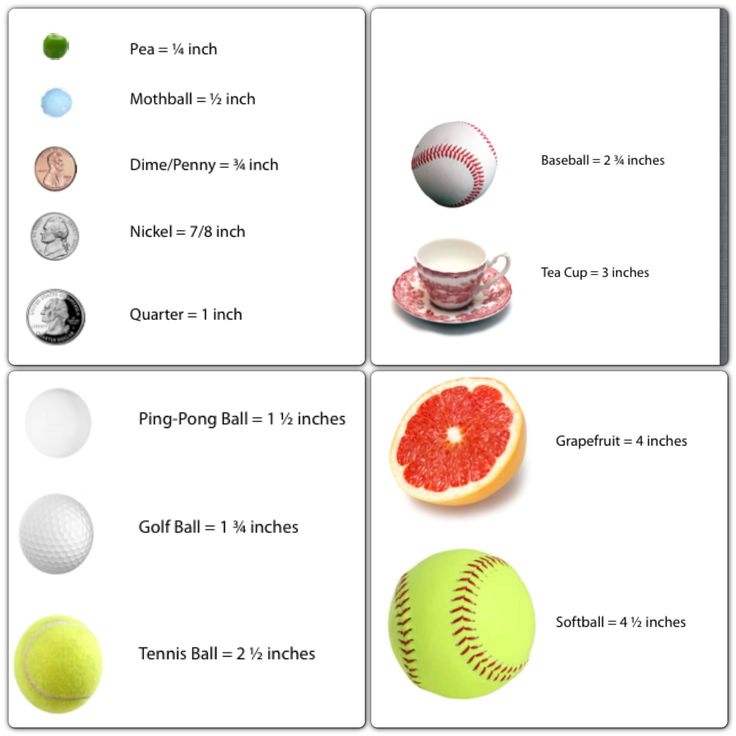
Please cite as: Gervais, J.; Luukinen, B.; Buhl, K.; Stone, D. 2010. Naphthalene General Fact Sheet; National Pesticide Information Center, Oregon State University Extension Services. http://npic.orst.edu/factsheets/naphgen.html.
Health Effects of Mothballs
Mothballs are nearly 100% active ingredient, and the active ingredient may be either naphthalene or paradichlorobenzene. Each active ingredient can cause different health effects if the exposure is high enough. Mothballs slowly turn from solids to toxic vapor. When you smell mothballs, you are inhaling the insecticide. Mothballs can also be dangerous if they are chewed or eaten. Children, pets and wildlife may mistake them for food or candy and eat them. One mothball can cause serious harm if eaten by a small child.
If someone has swallowed a mothball, call the Poison Control Center at 800-222-1222 for emergency medical advice. If you think your pet has eaten a mothball, contact your veterinarian or one of these emergency resources.
For additional information on the health effects of mothballs, see the resources below or call NPIC at 800-858-7378 (8:00am - 12:00pm PST), or email at [email protected].
- Chemical Properties and Environmental Fate of Mothballs
- Mothballs - Regulation, Proper Uses and Alternatives
- Naphthalene Information
- Paradichlorobenzene Information
Return to Mothball Main Page
Additional Resources:
Naphthalene Health Effects
- Naphthalene Technical Fact Sheet - NPIC
- Naphthalene Air Toxics Hazard Summary - U.S. Environmental Protection Agency (EPA)
- Toxicity Summary for Naphthalene - Risk Assessment Information System (RAIS)
- ToxFAQs for Naphthalene - Agency for Toxic Substances and Disease Registry (ATSDR)
- Health Effects Support Document for Naphthalene - U. S. Environmental Protection Agency (EPA)
- Integrated Risk Information System (IRIS): Naphthalene - U.
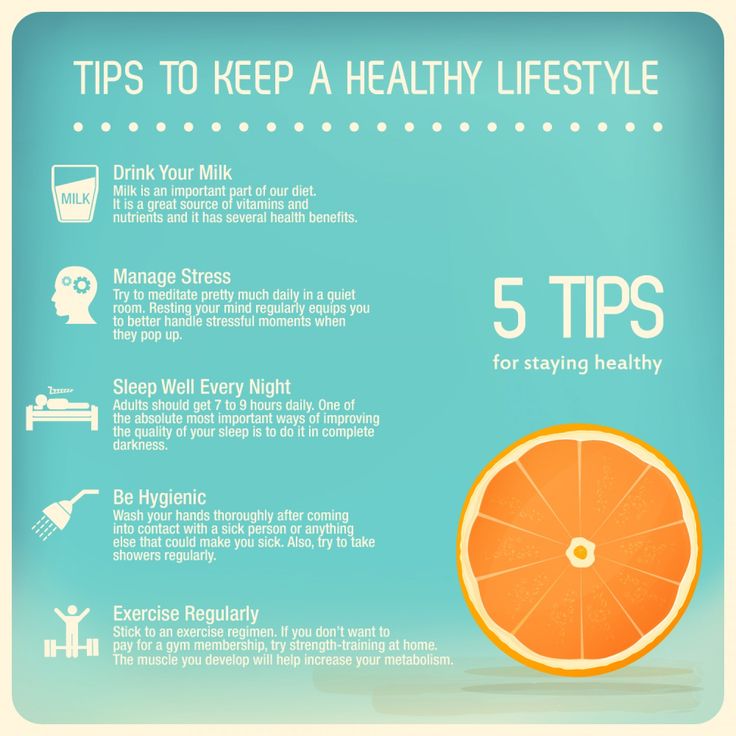 S. Environmental Protection Agency (EPA)
S. Environmental Protection Agency (EPA)
- Naphthalene Toxicological Profile - Agency for Toxic Substances and Disease Registry (ATSDR)
- Naphthalene - NIOSH Pocket Guide to Chemical Hazards
- Naphthalene Substance Profile - National Institutes of Health Report on Carcinogens
- Naphthalene - International Programme on Chemical Safety (INCHEM)
- Naphthalene poisoning - MedlinePlus
- What You Should Know About Mothballs - Louisiana Department of Health
- Mothball toxicity in pets - PetPoison Helpline
- Recognition and Management of Pesticide Poisonings: Fumigants - U.S. Environmental Protection Agency (EPA)
Paradichlorobenzene Health Effects
- Paradichlorobenzene Technical Fact Sheet - NPIC
- ToxFAQs for Dichlorobenzenes - Agency for Toxic Substances and Disease Registry (ATSDR)
- Dichlorobenzenes Toxicological Profile - Agency for Toxic Substances and Disease Registry (ATSDR)
- 1,4-Dichlorobenzene (para-Dichlorobenzene) Air Toxics Hazard Summary - U.
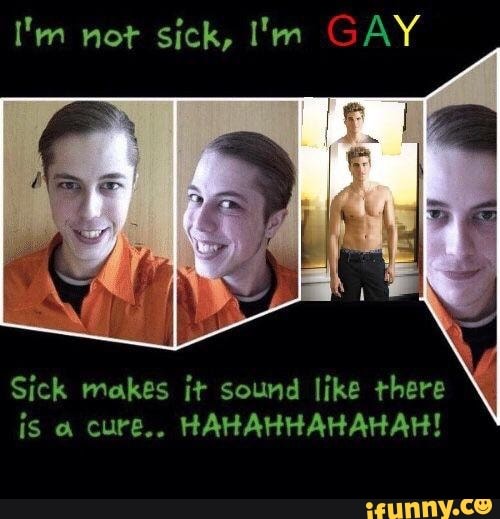 S. Environmental Protection Agency (EPA)
S. Environmental Protection Agency (EPA)
- IRIS Toxicological Review and Summary Documents for 1,4-Dichlorobenzene - U.S. Environmental Protection Agency (EPA)
- Integrated Risk Information System (IRIS): 1,4-Dichlorobenzene - U.S. Environmental Protection Agency (EPA)
- 1,4-Dichlorobenzene Substance Profile - National Institutes of Health Report on Carcinogens
- Dichlorobenzenes - International Agency for Research on Cancer (IARC)
- Toxicity Summary for 1,4-Dichlorobenzene - Risk Assessment Information System (RAIS)
- International Chemical Safety Card - International Programme on Chemical Safety (INCHEM)
- Mothball toxicity in pets - PetPoison Helpline
- Recognition and Management of Pesticide Poisonings: Fumigants - U.S. Environmental Protection Agency (EPA)
Last updated June 29, 2021
Please read our disclaimer | Contact us | About NPIC | En español
NPIC provides objective, science-based information about pesticides and pesticide-related topics to enable people to make informed decisions. NPIC is a cooperative agreement between Oregon State University and the U.S. Environmental Protection Agency (cooperative agreement #X8-83947901). The information in this publication does not in any way replace or supersede the restrictions, precautions, directions, or other information on the pesticide label or any other regulatory requirements, nor does it necessarily reflect the position of the U.S. EPA.
NPIC is a cooperative agreement between Oregon State University and the U.S. Environmental Protection Agency (cooperative agreement #X8-83947901). The information in this publication does not in any way replace or supersede the restrictions, precautions, directions, or other information on the pesticide label or any other regulatory requirements, nor does it necessarily reflect the position of the U.S. EPA.
What and how is treated with Naftalan oil at the Naftalan resort.
Naftalan is a balneological resort in Azerbaijan, which has gained worldwide fame thanks to its miracle oil. The healing power of this natural resource is an effective way to treat more than 70 diseases. The main specialization of the resort is the treatment of the musculoskeletal system, skin, urological, gynecological diseases, neurology, associated ENT organs, peripheral vascular diseases. Such a complex hereditary disease as psoriasis is very difficult to treat, but the treatment with naftalan oil is the most effective among all the methods known in the world today.
Such a complex hereditary disease as psoriasis is very difficult to treat, but the treatment with naftalan oil is the most effective among all the methods known in the world today.
Naftalan is a thick liquid that is black-brown in color and has a specific odor. The therapeutic effect on individual organs and the human body is provided by naphthenic hydrocarbons. The healing properties of naftalan oil are capable of:
and also has a property that activates the intensity of trophic functions and metabolic processes, stimulates the processes of spermatogenesis, accelerates the processes of ovulation and ovogenesis.
Naftalan corrects three systems in the human body: nervous, endocrine and immune.
Under the influence of a warm Naftalan bath, the pores of the skin begin to expand. The substance, passing through the skin, enters the blood. Then the naftalan is wiped off the body with the help of napkins, and the remains are washed off under the shower. However, it is worth remembering that you should not take a hot shower, for fear of re-expansion of the pores and loss of healing oil. After naftalanotherapy, you need to go to bed and rest for at least two hours. During rest, further splitting and absorption of the substance by the skin occurs. With naftalanotherapy, peripheral vessels expand, which increases sweating and heat transfer. This is a normal process, since all substances harmful to the body come out with sweat. However, you can also overcool. Therefore, it is necessary to dress warmly, not to drink cold drinks, not only during treatment, but also for the next month after it. After naftalanotherapy, water procedures (pool, sauna, bath, sea) should be avoided for a month, which can lead to a rapid removal of the substance from the body.
After naftalanotherapy, you need to go to bed and rest for at least two hours. During rest, further splitting and absorption of the substance by the skin occurs. With naftalanotherapy, peripheral vessels expand, which increases sweating and heat transfer. This is a normal process, since all substances harmful to the body come out with sweat. However, you can also overcool. Therefore, it is necessary to dress warmly, not to drink cold drinks, not only during treatment, but also for the next month after it. After naftalanotherapy, water procedures (pool, sauna, bath, sea) should be avoided for a month, which can lead to a rapid removal of the substance from the body.
Once in the blood, naftalan is converted into cholesterol - a biological energy unit, steroid hormones (sex and adrenal glands), vitamin D and some cardiac glycosides. Thanks to naftalan, a person stocks up on anti-inflammatory hormones. It is also an immunomodulator.
It is important that naftalan normalizes the functioning of the endocrine system. It acts on the hypothalamus, which produces serotonin, the "hormone of happiness." After taking two baths, the level of serotonin begins to fluctuate: a person may experience insomnia or drowsiness, mood swings are observed. This condition is normal and indicates that naftalan acts on the hypothalamus.
It acts on the hypothalamus, which produces serotonin, the "hormone of happiness." After taking two baths, the level of serotonin begins to fluctuate: a person may experience insomnia or drowsiness, mood swings are observed. This condition is normal and indicates that naftalan acts on the hypothalamus.
Naftalan cannot anatomically restore nerve cells. However, under the influence of this substance, the conductivity of the nervous system is normalized.
Naftalan therapy gives a true (long-term) remission to the body, restoring its own systems.
To increase the effectiveness of naftalanotherapy, it is carried out in combination with additional procedures that are selected and prescribed individually after the examination.
Top 6 recommended sanatoriums in Naftalan in terms of quality of treatment
mysanatorium.com/sanatorii/azerbaijan/naftalan
Diseases that can be cured at Naftalan resorts
According to indications, Naftalan resort suits you if one or more of the following diagnoses occurs:
Indications for the treatment of skin diseases:
Naftalan is one of the most effective treatments for skin diseases.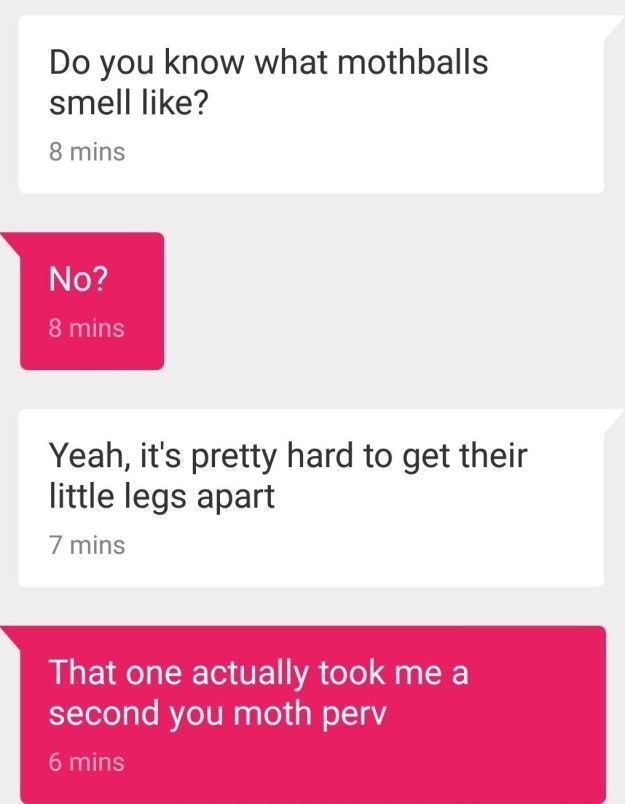 It has anti-inflammatory, desensitizing, antihistamine and analgesic effects on the skin.
It has anti-inflammatory, desensitizing, antihistamine and analgesic effects on the skin.
- psoriasis
- eczema
- atopic dermatitis
- sebara
- rosacea
- boils
- cycosis and other pyodermas
- urticaria
- scleroderma
- itching
- wounds
- bedsores
- torpid ulcers
- ichthyosis
- keratoderma and others
It is worth remembering that treatment exacerbates the signs of psoriasis. This is a normal reaction of the body to naphtha, which should not be frightened. Symptoms will go away on their own without further treatment.
Indications for the treatment of the musculoskeletal system and the musculoskeletal system:
Therapeutic oil is recommended to stimulate the growth of new cartilage cells, reduce muscle spasms, pain on palpation and functional disorders in the joints:
- - Buyo in the passive phase of minimal activity)
- rheumatoid arthritis, minimally active polyarthritis
- infectious specific arthritis, polyarthritis (brucellosis, dysentery, viral polyarthritis)
- spondylosis deformans, spondylarthrosis
- arthritis associated with other diseases, arthrosis: gout polyarthritis, benign polyarthritis, vibration diseases
- diseases of the periarticular soft tissues and the musculoskeletal system: bursitis, tendovaginitis, periarthritis, myositis, myofasciitis
- ankylosing spondylitis
Indications for the treatment of gynecological diseases:
Naftalan treats gynecological diseases, exerting anti-inflammatory, desensitizing, general and partial immunostimulating, analgesic and neurotrophic effects on the body, improves blood circulation in the pelvic organs.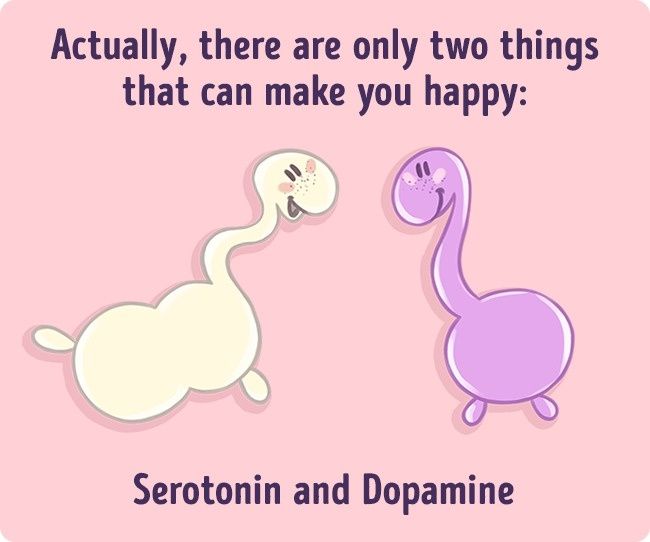 In addition, due to certain types of bacteria and mold fungi, the substance has bactericidal properties, promotes healing of scars and softens seams.
In addition, due to certain types of bacteria and mold fungi, the substance has bactericidal properties, promotes healing of scars and softens seams.
- adenxitis, salpingophoritis
- Parametrite
- endometritis
- servicitis, chronic recurrent colpitis
- amenorrhea
- dysfunction
- first and second degree infertility
- climacteric syndrome
- pelvic peritoneal joints
Indications for the treatment of diseases of the ear, throat and nose:
Naftalan applications are used in many diseases of the ear, throat and nose. They have anti-inflammatory, resolving, antiseptic effect.
- tonsillitis
- pharyngitis
- laryngitis
- renit
- sinusitis
- sinusitis
- frontit
Diseases of the peripheral nerves and central nervous system
The neuroimmune system is constantly under stress, and its overexertion affects our mental and physical health.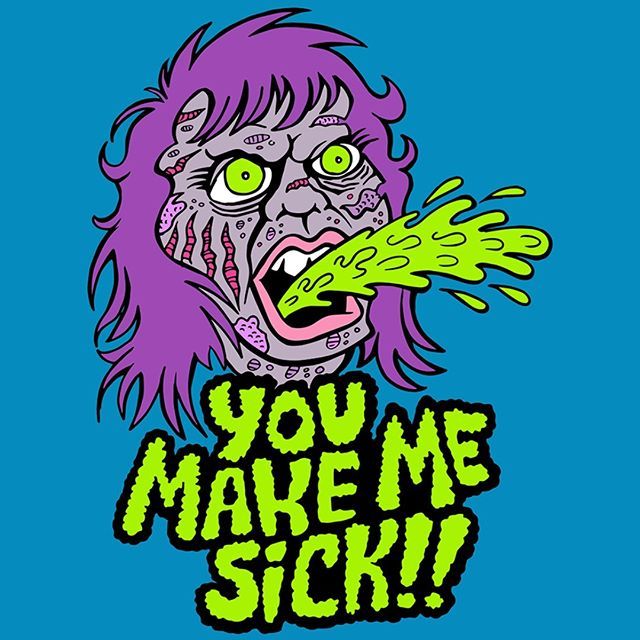 The use of naphtha in the treatment of the following diseases and symptoms allows us to achieve a stable positive therapeutic effect.
The use of naphtha in the treatment of the following diseases and symptoms allows us to achieve a stable positive therapeutic effect.
- Diseases of the peripheral nervous system
- Neuralgias and neuritis of various etiologies
- Radiculitis (including lumbosacral)
- Damage to the peripheral nervous system after trauma
Diseases of the central nervous system
- Initial stage of atherosclerosis in cerebral arteries
- Consequences of traumatic injuries of the spinal cord and brain (concussion, contusion) in the absence of serious movement disorders
- Astheno-vegetative syndrome
Indications for the treatment of peripheral vascular diseases:
Naphtha affects peripheral vessels by improving blood flow and blood rheology.
Diagnoses:
- Obliterating atherosclerosis of the vessels of the extremities in the compensation stage
- Raynaud's disease
- Phlebitis and thrombophlebitis
- Post-burn vascular disorders
Important! Treatment with naftalan oil is carried out outside the stage of exacerbation of diseases.
Contraindications to treatment in Naftalan
Contraindications can be categorical and conditional, and yet it is better not to take risks if one or more of the listed conditions is present in you.
Exacerbation or acute stage of disease of an organ or system - during such a period the body needs pathogenetic treatment, after which the effect of recovery can be consolidated by sanatorium-and-spa treatment.
- Acute diseases of the joints
- Acute gynecological diseases (uterine bleeding, cyst, endometriosis, polyps, uterine myoma and fibromyoma, conditions after curettage of the uterine cavity before the first menstrual cycle)
- Mastopathy
- Kidney diseases (pyelonephritis, glomerulonephritis)
- Open skin diseases
- Gastric ulcer
- Organic diseases of the central nervous system
- Presence of tuberculosis of any organ or system
- Hypertension and chronic heart failure in the stage of decompensation, as well as attacks of angina pectoris; the presence of atrial fibrillation and paroxysmal tachycardia; history of myocardial infarction
- Disorders of blood circulation and blood coagulation, anemia
- Diabetes mellitus with complications (risk of hypo- or hyperglycemia, diabetic angio- and encephalopathy)
- Mental illnesses classified according to ICD 10 as diseases of the large psychiatric spectrum (that is, when the patient is not fully aware of his actions and may be dangerous to himself or others)
- History of epilepsy
- Pregnancy and lactation
- Hepatitis
- Venereal diseases
- Glaucoma and any other disease associated with increased intracranial pressure
- Children under 6
- Presence of malignant or benign neoplasms of any localization; patients after chemotherapy, radiotherapy
Note that a person who has undergone surgery to remove malignant or benign tumors can undergo naftalanotherapy after five years. If after this period the test results show no recurrence of the disease, he can undergo a course of treatment with Naftalan.
If after this period the test results show no recurrence of the disease, he can undergo a course of treatment with Naftalan.
How is treatment in Naftalan
and how it startsSpa treatment in Naftalan sanatoriums always begins with a consultation with a doctor, who, based on a medical examination, and additional studies (if necessary) , draws up an individual treatment plan that takes into account all the features of the patient's health status.
Individual treatment plan includes a complex of therapeutic procedures in the form of naftalan baths and lubrication. For baths, native (natural) naftalan is used, and for lubrication, deresined (purified) naftalan is used. Deresined naftalan does not irritate mucous membranes, therefore it is successfully used both on the skin and in the form of tampons and baths, as well as for lubricating the gums, throat, nose; for ultraphonophoresis in the form of oil inhalations.
Naftalan oil treatments
Naftalan baths are taken for 8-12 minutes. The patient is placed in a bath filled with naftalan oil, heated to a temperature of 37 - 38°C. According to patients, immersion and stay in such a bath is very pleasant and comfortable, as if immersed in warm chocolate. In total, from 8 to 14 baths are prescribed.
Oil penetrates into the blood through the pores and is then excreted through the sweat glands. Also, toxic substances are excreted through the skin with sweat. When the bath is completed, the naftalan is removed from the body with a special spatula, and its remains are washed off under a warm shower. You can not take a hot shower due to increased sensitivity of the skin.
The temperature of the shower should correspond to the temperature of the body, and to avoid hypothermia it is necessary to dress warmly and drink hot tea. This will lead to the expansion of blood vessels and further self-purification of the body.
Nafta has a sedative effect on mental processes, you may start to feel sleepy. Therefore, it is recommended to go to bed after the treatment procedure and rest for at least 2 hours. After all, we know that any medicine works more effectively when we sleep (and regeneration at the cellular level is more active).
Naftalan lubrication (locally) is carried out by heating a place lubricated with purified oil with a Sollux lamp (infrared radiation). The radiation of the lamp promotes the penetration of naftalan hydrocarbons through cell membranes and potentiates the bioactive effect of the substance. The lamp is held at a distance of 75-100 cm and, as a rule, up to 20 procedures of 20 minutes are prescribed.
Also sometimes phonophoresis is performed (complex effect on the body of ultrasonic vibrations and active cosmetic products) with deresined naftalan.
Through contact media, ultrasound increases the activity of drugs, promotes their intracellular penetration, prolongs the period of their action, and reduces adverse reactions to the drug. With ultraphonophoresis, the necessary substances enter through the excretory ducts of the sweat and sebaceous glands. It is also important that naphtha passes actively not only intercellularly, but also intracellularly.
With ultraphonophoresis, the necessary substances enter through the excretory ducts of the sweat and sebaceous glands. It is also important that naphtha passes actively not only intercellularly, but also intracellularly.
In addition to baths and lubrication, naftalan treatment includes:
- Vaginal tampons - cotton swabs, richly moistened with deresined naphthalan at 50 - 55 ° C, which are inserted into the vagina for 45 - 60 minutes. For a course of treatment 15 - 20 tampons
- Rectal microclysters (12 - 20 ml each)
The effect of naftalan oil is enhanced by additional procedures.
Related treatments include physiotherapy
- a field of clinical medicine that studies the therapeutic effect of natural and artificially created natural factors on the human body. Examples of physiotherapy methods: sunlight, air baths, hydrotherapy, mineral water, exposure to heat and cold, electrical and electromagnetic effects, pressure effects (barotherapy), mechanical effects (massage, physical therapy, cupping), compresses (poultices), mud therapy.
Hydrotherapy includes contrast showers (Charcot for example), baths (with and without salts, hot and cool, with hydro-effect).
Electrotherapy (or electrotherapy) is the use of various types of electricity for therapeutic purposes. It is based on the property of certain types of electrical energy at therapeutic doses to change the functional state of organs and systems. Energy during electrotherapy is supplied to the body in the form of electric current, magnetic or electric fields and their combinations.
Apply general, local and segmental effects. With all methods, so-called non-specific reactions common to many physical factors appear in the form of increased blood circulation, metabolism, tissue trophism (Medical Encyclopedia).
Gas therapy as natural carbon dioxide injections or dry gas baths.
We recommend that you bring with you the results of examinations with a limitation period of no more than 6 months from the date of the examination; this is relevant for x-rays, computed tomography results, ECHO-KG, EEG and ECG, and no more than 1 month from laboratory tests and ultrasound.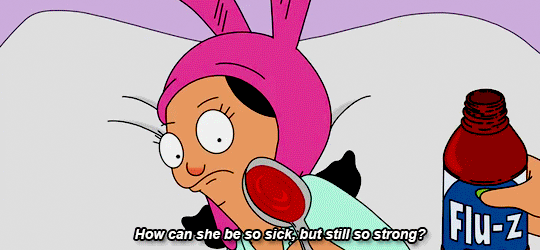
When undergoing a treatment course, it is recommended to strictly follow the prescription of a spa doctor so as not to provoke a deterioration in health.
It should also be remembered that medical treatment is not included in the sanatorium-resort stage of rehabilitation, or their use is minimal. Therefore, it is better to take drugs that you take for a long time with you.
The optimal period of treatment with Naftalan
The total duration of treatment is 18-20 days. During this time, patients take from 8 to 14 bath sessions with obligatory breaks, under the supervision of medical specialists. The desired period of stay at the resort must be at least 14 days. Only in this case, you can get the effect of treatment. And in order for the effect to be fixed for a long time, doctors recommend visiting the resort every 6 months.
After completing the course of spa treatment and rest, you again undergo a full examination by the doctors of the spa hotel in order to determine individual improvements.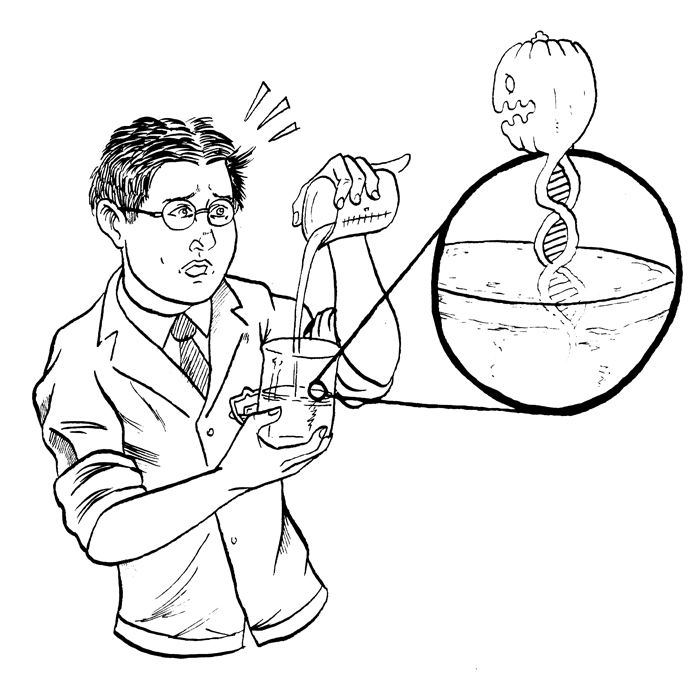
Also, do not forget that in addition to short-term, any spa treatment has a long-term effect. Which will delight you if you choose the right place and time.
We hope that our brief review of Naftalan treatment will be useful to you. Have a nice rest and recovery. And if you have any questions, please contact Mysanatorium.com. We will be happy to answer you and help you with the choice of spa treatment.
90,000 in Kapotne and Kutuzovsky smells of NaphtalinKomsomolskaya Pravda
of different
November 11, 2014 18:503
KP found out what Muscovites breathe
by hydrogen sulfide in Moscow. The wind took everything away. But a mysterious trail still stretches from history. Photo: Vladimir VELENGURIN
Moscow no longer smells of hydrogen sulfide. The wind took everything away. But a mysterious trail still stretches from history: where did the unpleasant smell come from? And most importantly - why is it dangerous for Muscovites and should we expect new emissions of unknown origin?
With the same questions Sergei Sobyanin began the meeting in the Moscow government on Tuesday:
- What is the state of the air today? Yesterday (that is, Monday, November 10 - Rev. ) there was a serious pollution.
) there was a serious pollution.
- On Monday, the norm was exceeded by 7 times, - Alexander Eliseev, head of the Ministry of Emergency Situations in Moscow, cleared his throat. - Today everything is within the normal range.
- What is the cause of pollution? the mayor asked.
- About 70 laboratories are working, and it is clear from the wind rose that a cloud is coming to the city center from the southeast, - Eliseev explained. - Previously from the Moscow Oil Refinery (we wrote about this immediately after the first reports of an unpleasant smell appeared - Rev. ).
- And what is the chemical composition of the pollution? the mayor asked.
- Hydrogen sulfide and sulfur dioxide, which are used in the processing of petroleum products. Together with the Investigative Committee and the prosecutor's office, we are now working at the Moscow Oil Refinery and other enterprises.
- You will bring the investigation to the end so that we have a clear cause of the accident in order to prevent such cases in the future, - Sergei Sobyanin ordered. - I ask that this investigation be as objective as possible.
- I ask that this investigation be as objective as possible.
Photo: Dmitry POLUKHIN
SMELL OF NAPHTHALINE IN THE KAPOTN AND KUTUZOVSKY
While investigators are studying the atmosphere of the capital, we decided to find out: what do Muscovites breathe in general? We took the data collected by the Mosecomonitoring service this year (see diagram). And they were horrified.
Actually, we wanted to rank the counties with the cleanest and dirtiest air. But what is there to compare when the concentration of sulfur dioxide is exceeded in all districts except Zelenograd? What is better - to live in Biryulyovo, where the norm of nitrogen dioxide is exceeded by 15 times, or on Kutuzovsky Prospekt - where it is already exceeded by 42 times?
There are some really amazing things. So, it turned out that both in Kozhukhovo and Kutuzovsky it smells of ... mothballs! And not just anywhere, but just a few kilometers from the White House. No, it doesn’t hit the nose, but the concentration of this substance is serious - albeit within the normal range.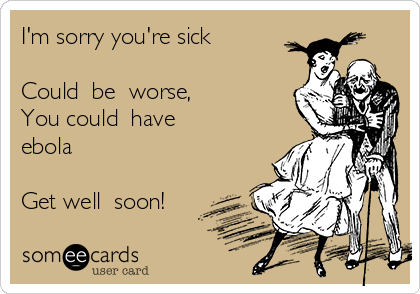
So invest after that in expensive real estate - you will still get the same Kapotnya. Or even worse. For example, the concentration of phenol on Kutuzovsky Prospekt is higher than in Kozhukhovo! Why?
- Kutuzovsky prospect - one of the busiest highways in Moscow. A significant part of harmful substances enter the air from automobile exhausts, - Elena Lizina, head of the information and analytical department of Mosecomonitoring, explained to KP.
Photo: Dmitry POLUKHIN
ENVIRONMENTALIST'S COMMENT
Timur Nazmutdinov, EcoStandard group project manager:
- Emission of nitrogen dioxide, nitrogen oxide for fuel-burning units of vehicles, and sulfur dioxide - CHP and TPP.
So it is rather difficult to define ecologically “clean” and “dirty” areas in Moscow. Yes, in areas with large enterprises and thermal power facilities, the environment is subjected to greater technogenic influence. But the state of the environment of sleeping areas is more influenced by cars. Given the changeability of winds and building density, it does not matter whether it is the western part of the city or, say, the northern one. Pollution will be present anyway. And in this situation, parks and nature reserves are of great importance. Firstly, there is no transport in green areas - and, therefore, there are no emissions. And trees actively absorb dust and gaseous impurities from the atmospheric air. By the way, poplar, unloved by everyone because of the release of fluff, is one of the most effective plants that absorb nitrogen and carbon oxides.
Given the changeability of winds and building density, it does not matter whether it is the western part of the city or, say, the northern one. Pollution will be present anyway. And in this situation, parks and nature reserves are of great importance. Firstly, there is no transport in green areas - and, therefore, there are no emissions. And trees actively absorb dust and gaseous impurities from the atmospheric air. By the way, poplar, unloved by everyone because of the release of fluff, is one of the most effective plants that absorb nitrogen and carbon oxides.
QUESTION-EDGE
Why is the capital air dangerous?
Carbon monoxide creates a deficiency of oxygen in body tissues and can lead to high blood sugar levels.
Sulfur dioxide is a substance emitted into the atmosphere by enterprises that operate on fuel oil and coal. As well as diesel engines. Sulfur dioxide is especially dangerous for people with respiratory diseases such as asthma.
Nitrogen dioxide and oxide are formed when something is burned at higher temperatures. Increases the risk of developing chronic lung diseases.
Formaldehyde is found in most industrial emissions. Irritates eyes and respiratory tract, affects the central nervous system, kidneys, liver.
According to Mosekomonitoring.
THERE IS A VERSION
Hydrogen sulfide could have been brought from treatment facilities
- I would not sin only on Kapotnya, - says Viktor Ivanov, President of the Russian Union of Chemists. - What is hydrogen sulfide, H2S? This is decay. In nature, it can be in petroleum gases, in natural gas, and it can also occur in swamps. Plus the sewage treatment plant. Hydrogen sulfide is poorly soluble in water. It is heavier than air, so it settles in the lower layers. There was no wind on Monday, so all of Moscow felt the smell of rotten eggs. Yes, the refinery is the only enterprise in Moscow where there could be such a strong emission of hydrogen sulfide. But in recent years, the entire system at the refinery has been seriously modernized, and this process continues. If the source was at the refinery, the environmentalists would have recorded this for sure. If there was an excess for other compounds - chlorine or sulfur dioxide, then it would be clear: this is industrial chemistry. And H2S could have formed in other places. Although nothing can be ruled out. There can be technological violations in any production.
But in recent years, the entire system at the refinery has been seriously modernized, and this process continues. If the source was at the refinery, the environmentalists would have recorded this for sure. If there was an excess for other compounds - chlorine or sulfur dioxide, then it would be clear: this is industrial chemistry. And H2S could have formed in other places. Although nothing can be ruled out. There can be technological violations in any production.
On Tuesday, the press service of the State Unitary Enterprise "Mosvodokanal" stated that the treatment facilities had nothing to do with it:
- Kuryanovsk and Lyubertsy treatment facilities were additionally checked. Currently, all treatment facilities operate in the normal technological mode, there are no emissions of harmful substances.
AT THIS TIME
Emissions from the Oil Refinery in Kapotnya, which, according to preliminary information, became the source of the "hydrogen sulfide cloud", found traces of isopropyl bezol.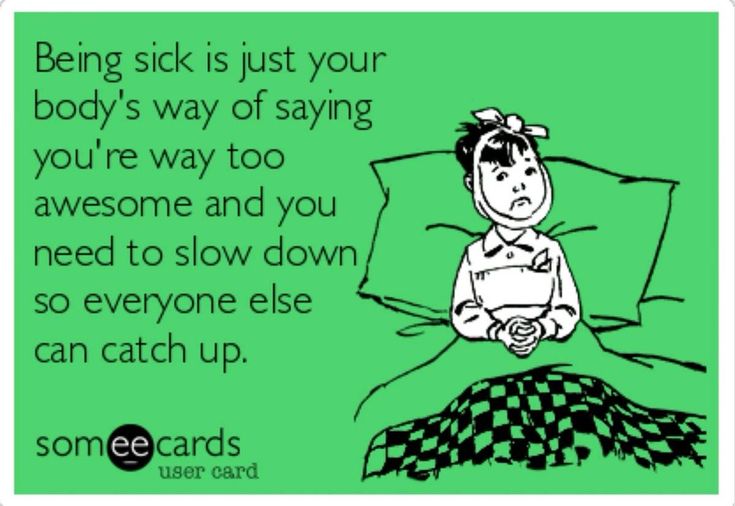 A source in the emergency services of the city told Komsomolskaya Pravda about this.
A source in the emergency services of the city told Komsomolskaya Pravda about this.
Air measurements were taken at the plant itself, as well as at two locations nearby. The concentration of isopropylbenzene was 30 times higher than the norm! In addition, the MPC norms for xylene and propanal were exceeded. All of these substances are toxic and can cause serious harm to humans.
At the Oil Refinery itself, on Monday, they said that they had not had any accidents, and the indicators for harmful substances in emissions are normal.
The Office of Rospotrebnadzor for the Central Federal District has already initiated an administrative case under the article "violation of the rules for the protection of atmospheric air."
Photo: Ekaterina MARTINOVICH
QUESTION OF THE DAY
How do you breathe in Moscow in general?
Andrey TUMANOV, State Duma deputy:
- In my apartment on the Garden Ring, I don't open the windows because of the noise and air pollution.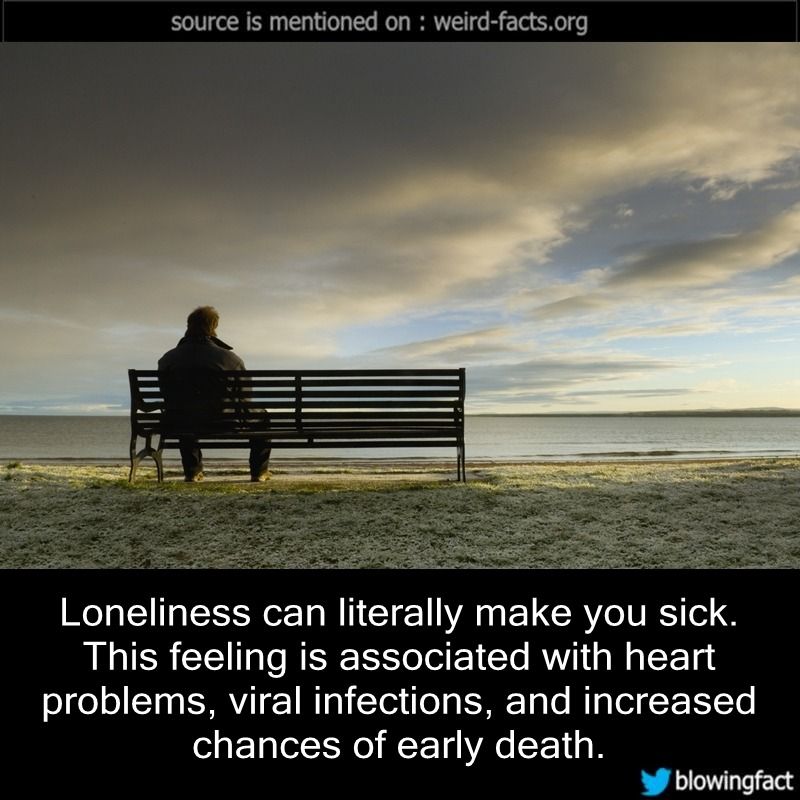 And then for another week, granite tiles were sawn under the windows for the transition - a column of dust. That is why I am always so torn to the country to breathe.
And then for another week, granite tiles were sawn under the windows for the transition - a column of dust. That is why I am always so torn to the country to breathe.
Victoria MOROZOVA, singer:
- It's hard to breathe near the Belorusskaya station. This is especially noticeable when we return with a spouse from a country house. The reason for this, probably, is not only exhaust gases, but also enterprises with faulty filters. Pediatricians told me that children in Moscow quickly get sick due to air pollution and road chemicals.
Vladimir SOLOVIEV, TV presenter:
- I breathe deeply, though heavy air. Probably, every Muscovite from birth gets used to exhausts, to dust. But in the Moscow region, I have a gas distribution station at my side, which periodically “pleases” with air pollution.
Eduard RADZYUKEVICH, actor, participant of the TV program "6 frames":
- I have been living in Bibirevo for many years. You know, I have a complete feeling that this year - at least in the summer - it was much easier to breathe than in recent years. Perhaps this is due to the fact that in some seasons there are really fewer cars in Moscow. Such a trend would suit me very much.
You know, I have a complete feeling that this year - at least in the summer - it was much easier to breathe than in recent years. Perhaps this is due to the fact that in some seasons there are really fewer cars in Moscow. Such a trend would suit me very much.
Boris SAMOILOV, editor of the Red Book of Moscow:
- I am very lucky: the high-rise building in which I live is located in Losiny Ostrov right on the edge of the forest. When the wind is north, northeast - it's great to breathe there! As soon as pulls from Moscow, the situation changes. In general, from my 14th floor I can clearly see how a burning cap hangs over the capital. It dissipates a little bit only beyond the Moscow Ring Road, beyond Korolev, Mytishchi. It's scary to think what the townspeople breathe.
Oleg NISKOVSKIKH, listener of Radio KP (97.2 FM):
- In Moscow, it's good to breathe only in Kolomenskoye, and in other places it's not hydrogen sulfide, it's exhaust gases.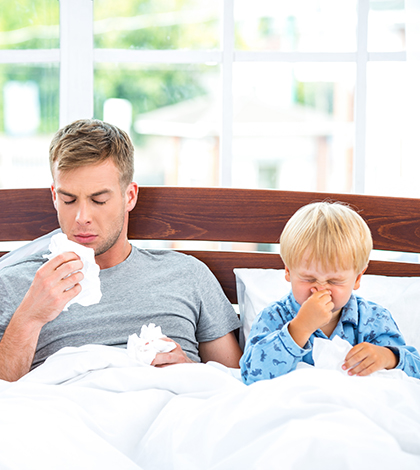
Age category of the site 18+
Online edition (website) registered by Roskomnadzor, certificate El No. FS77-80505 dated March 15, 2021
I.O. EDITOR-IN-CHIEF - NOSOVA OLESIA VYACHESLAVOVNA.
I.O. chief editor of the site - Kansky Viktor Fedorovich
Messages and comments from site readers are posted without preliminary editing. The editors reserve the right to remove them from the site or edit them if the specified messages and comments are an abuse of freedom mass media or violation of other requirements of the law.
127015, Moscow, Novodmitrovskaya d. 2B, Tel. +7 (495) 777-02-82.
Exclusive rights to materials posted on the website www.kp.ru, in accordance with the legislation of the Russian Federation for the Protection of the Results of Intellectual Activity belong to JSC Publishing House Komsomolskaya Pravda, and do not be used by others in any way form without the written permission of the copyright holder.
